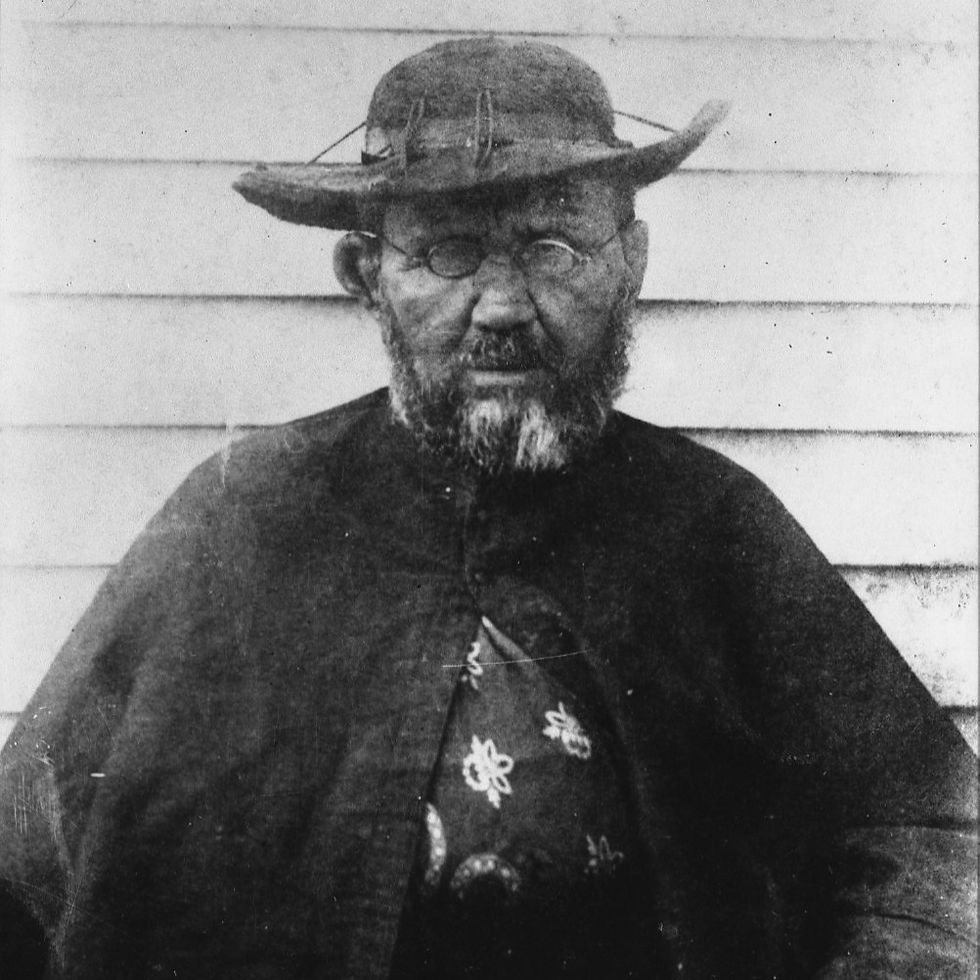St. Damien of Molokai
Time Period:
1840-1889
Feast Day:
May 10
Title/Attributes:
Confessor, SS.CC
Location of Relic:
Back Left Reliquary - Right Section
Type of Relic:
Wood from the Altar of St. Damien

St. Damien de Veuster was called the hero of Molokai, a Belgian member of the Sacred Hearts Fathers who gave his life for the lepers of Hawaii.
He was born in Tremeloo, Belgium and followed his brother, Auguste, called Pamphile, into the Congregation of the Sacred Hearts, the Picpus Fathers. He took his final vows on October 7, 1860, and then volunteered as Pamphile’s replacement to the Hawaiian missions, even though he had not been ordained.
Damien arrived in Honolulu on March 19, 1964, and was ordained two days later in the cathedral. Assigned to the island of Hawaii, called the Big Island, he spent eight years in a mission that covered two thousand square miles of cliffs, ravines, valleys and volcanoes. In January 1866, the Hawaiian royal government, recognizing that leprosy was spreading through the islands, exiled victims of the disease to a settlement on the island of Molokai. Damien volunteered to care for the victims.
On May 10, 1873, he landed at Kalaupapa, Molokai, in the company of Bishop Louis Maigret, SS.CC. The Bishop introduced Damien to the 816 community members as “one who will be a father to you and who loves you so much that he does not hesitate to become one of you, to live and die with you”.
Under horrifying conditions, he gave the rest of his life to the lepers. What surprised the lepers most was that Damien touched them. Other missionaries and doctors shrank from the lepers. In fact, one local doctor only changed bandages with his cane. But Damien not only touched the lepers, he also embraced them, he dined with them, he put his thumb on their forehead to anoint them, and he placed the Eucharist on their tongues. All of these actions spoke volumes to the dejected lepers. They showed that Damien didn’t want to serve them from afar; he wanted to become one of them.
In 1876, the first symptoms of leprosy appeared in Damien’s left foot. He did not shrink from this cross, and he was thrilled to see the Franciscan Sisters of Syracuse, led by St. Marianne Cope, arrive to start an advanced medical clinic.
Damien served his fellow lepers until his death in 1889. At the request of the Belgian government, his remains were returned to his homeland decades later.
